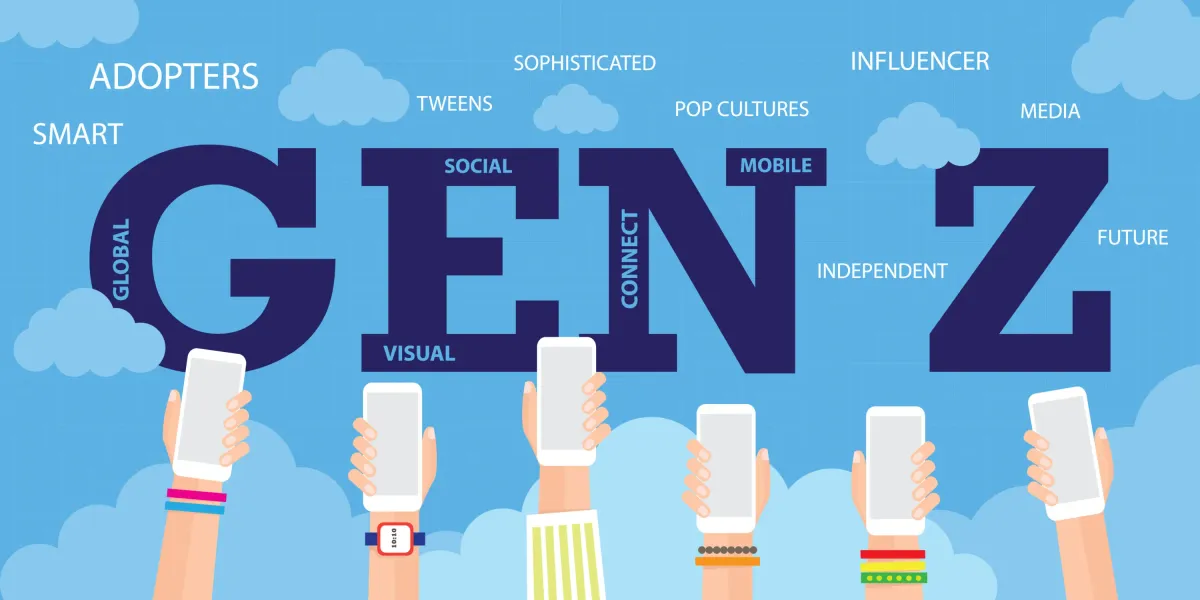'Good genes' gone wrong? Lessons for marketers from American Eagle’s controversy
American Eagle’s denim stunt with Sydney Sweeney stirred backlash. What does it signal about brand risk today?

What was meant to be a bold, cheeky denim campaign has quickly turned into a PR headache for American Eagle Outfitters. The brand’s new fall ad featuring Sydney Sweeney, tagged with the line “Sydney Sweeney has great genes,” was meant to spark conversation. And it has, just not in the way the company likely intended.
Within days, the internet lit up with criticism over the campaign’s wordplay and its use of a blonde-haired, blue-eyed actress to drive home the pun. Critics argue the ads evoke problematic undertones around race, privilege, and beauty standards. American Eagle hasn’t responded publicly, but the sentiment shift online is stark. Marketers should be paying close attention.
This article explores how the campaign unfolded, the cultural flashpoints it triggered, and what it teaches us about the evolving boundaries of provocative branding.
Short on time?
Here’s a table of contents for quick access:
- What happened in the American Eagle campaign
- The cultural backlash and social media fallout
- What marketers should know

What happened in the American Eagle campaign
American Eagle tapped 27-year-old Sydney Sweeney as the face of its fall denim campaign. The brand went big: 3D billboards, Snapchat and Instagram integration, an AI-enabled try-on feature, and a limited-edition jean supporting domestic violence awareness. Chief Marketing Officer Craig Brommers described it as “the biggest get in the history of American Eagle.”
The campaign tagline was “Sydney Sweeney has great genes.” In some executions, the word “genes” was crossed out and replaced with “jeans.”
But a separate teaser video took things further, with Sweeney narrating, “Genes are passed down from parents to offspring... My jeans are blue.” The wordplay, intended as clever, sparked outrage online.
The cultural backlash and social media fallout
Critics quickly flagged the messaging as tone-deaf. The campaign’s emphasis on a conventionally attractive white woman, paired with the use of the phrase “good genes,” stirred associations with eugenics and exclusionary beauty ideals.
Cultural and marketing experts suggested the brand could have avoided the blowback by featuring a more diverse cast. As Marcus Collins of the University of Michigan put it, “Either this was ignorance, laziness, or intentional, and none of those are good.”
The numbers from CARMA tell the story:
- Before the campaign, social sentiment was 30.2% positive and 8.6% negative.
- After launch, sentiment flipped to 56.3% negative and just 15.7% positive.
- Since July 28, negative sentiment rose to 65.5% while positive sentiment dropped to 14.5%.
Keywords once associated with American Eagle, such as “vintage” and “real women,” have been replaced by terms like “propaganda,” “woke,” “white,” and “weird.”
Despite comparisons to Calvin Klein’s controversial Brooke Shields ads from the 1980s, many saw this as a tone-deaf misfire. Critics likened it to Pepsi’s infamous Kendall Jenner protest ad, arguing it trivialized deeper issues tied to race, identity, and body politics.
At the same time, the ad did drive visibility, temporarily. Search interest for American Eagle spiked 186% week-on-week, hitting a five-year high. Web traffic and social chatter surged in parallel, but the brand failed to convert that moment into sustained presence where it increasingly matters: in AI-powered discovery.
American Eagle captured just 20% share in GenAI search, far behind Levi’s 69%. The buzz may have been loud, but it did not translate into lasting visibility in AI-generated brand responses or search queries. For marketers, this raises questions about whether the brand equity took a hit or if the campaign simply failed to cut through in the right places.
What marketers should know
Whether you view the campaign as miscalculated or misunderstood, it is a strong reminder that bold branding carries risk. Here are four key takeaways:
1. Wordplay can fall flat without cultural awareness
What may seem like a harmless pun in a creative review can carry deeper cultural weight. The reference to “good genes,” especially paired with limited representation, was bound to spark controversy. Creative should always be reviewed through a cultural and historical lens.
2. Inclusive casting is strategic, not optional
Featuring one type of beauty in a campaign centered on genetic “superiority” was always going to draw heat. Inclusive representation is not about checking a box. It is about understanding what audiences expect from brands in 2025 and protecting brand equity.
3. Real-time sentiment tracking is essential
The speed at which sentiment shifted underscores the need for brands to monitor social chatter continuously. Early detection could give comms and marketing teams a chance to pivot or clarify before things spiral.
4. Controversy may get attention but not loyalty
There is a difference between buzz and brand value. While some marketers chase visibility at any cost, others know that controversy without intention can erode long-term trust. Strategy should guide provocation, not the other way around.
As brands push boundaries to stay culturally relevant, the Sydney Sweeney campaign serves as a cautionary tale. Creativity is still king, but context is everything. Without it, clever can quickly turn careless.
Marketers who want to stand out without setting off alarms need to vet campaigns for tone, inclusivity, and unintended meaning. Because in 2025, getting the message wrong can be louder than getting it right.
This article is created by humans with AI assistance, powered by ContentGrow. Ready to explore full-service content solutions starting at $2,000/month? Book a discovery call today.
https://calendly.com/enrickoman/call-with-contentgrow?ref=contentgrip.com


